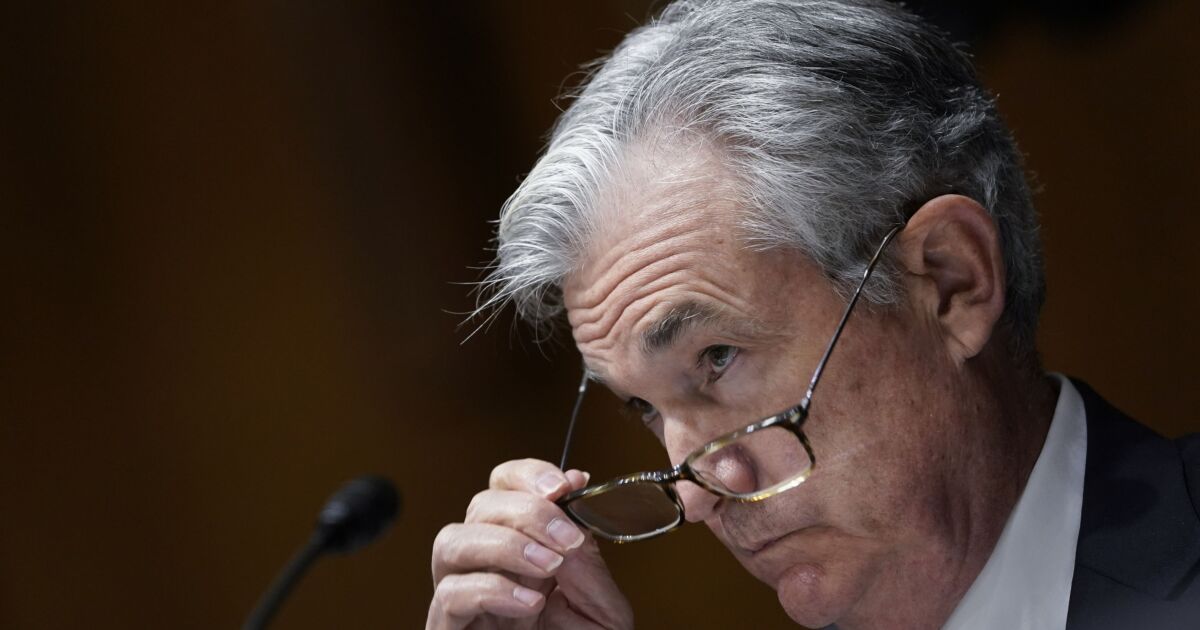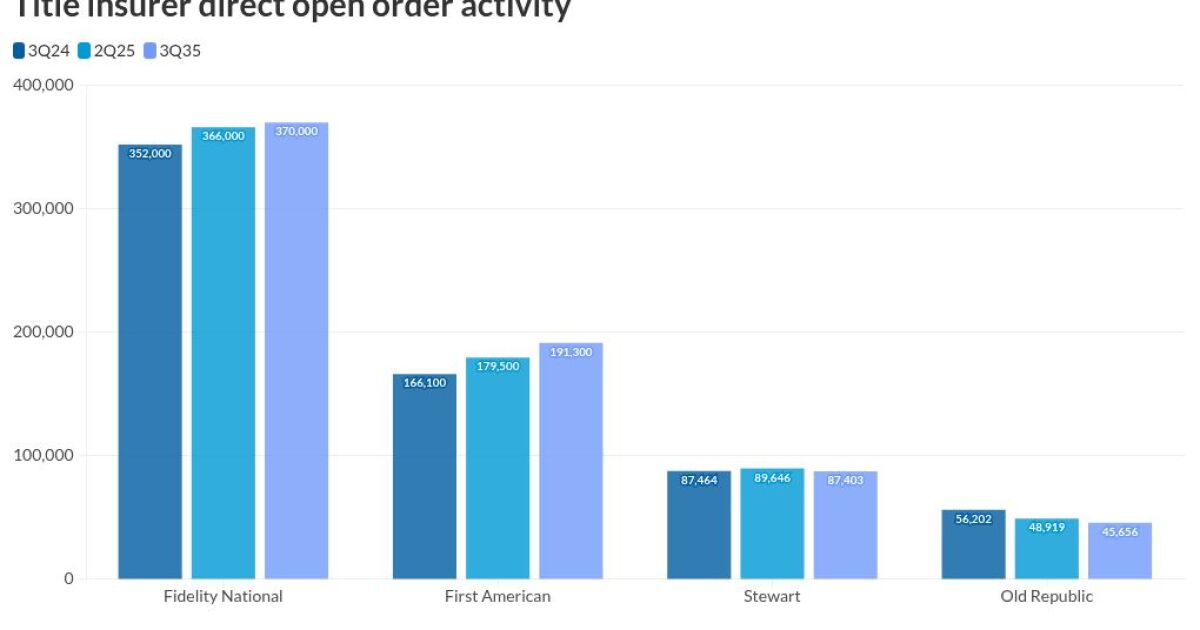
A marked downward trend in nonbank usage of the Federal Reserve's reverse repurchase facility — while part of an
Use of the Fed's
The year-end influx is broadly expected — banks typically stop participating in the short-term repurchase agreement, or repo, market in late December as they settle their books for the year end. This temporary pullback results in more counterparties turning to the Fed instead. By Tuesday, the first operating day of 2024, ON RRP usage was back down to around $700 billion.
Analysts expect ON RRP usage to broadly resume its downward course that began last spring, and expect usage to stabilize at a lower level later in the year. But the specific timing of how this reduction plays out could impact banks and the supply of reserves available to them.
"The question is whether or not it slows down as we continue," said Derek Tang, CEO and co-founder of the Washington-based research firm Monetary Policy Analytics. "If ON RRP [transactions] slow down, then reserves balances are going to start declining and that makes the Fed a little bit more nervous."
Overnight borrowing and reserves both sit on the liability side of the Fed's balance sheet — which is being mechanically shrunk by the central bank's deliberate effort to reduce its assets, a process known as
According to its balance sheet
Throughout the QT process, Fed officials have pointed to the ON RRP uptake — which peaked at $2.5 trillion at the end of 2022 — as an indicator of excess liquidity in the financial system. The facility enables money market funds, government sponsored enterprises and other counterparties to lend assets to the Fed overnight and be repaid with interest the following day.
Federal Reserve Bank of Dallas President Lorie Logan, who previously oversaw the Fed's balance sheet activities as manager of the System Open Market Account, said there was "quite a bit of room" for continued runoff during a public appearance in October.
"Thinking about that, one of the things I look at is the overnight RRP facility," Logan said. "Until that facility gets back down towards zero, I think that there's still plenty of room for the securities portfolio to decline."
Yet, ON RRP usage is not simply a reflection of the Fed's balance sheet policy, but rather the result of a host of financial market developments. A
Another factor driving money market funds away from the ON RRP is an uptick in private market repo activity in recent months. Members of the Federal Open Market Committee acknowledged these developments during their meeting last month, according to
But, because of the various elements contributing to ON RRP developments, some market participants say the Fed should not base its balance sheet policy solely on the facility's usage.
Some say the ON RRP may not return to the near-zero levels it saw before 2021. Tang said it is possible that money market funds and other counterparties have grown accustomed to keeping a portion of their holdings at the Fed and may not want to fully abandon the facility.
"There are reasons to question why or how ON RRP could remain at nonzero levels going forward. It's possible that the financial system's attitudes towards it have shifted," Tang said. "Now that money market funds are used to allocating a part of their portfolio to ON RRP, it is possible that they might want a nonzero balance in that going forward. So, that's a source of uncertainty."
Lou Crandall, chief economist at the advisory firm Wrightson ICAP, said he is skeptical of the idea that ON RRP usage will remain significant once the balance sheet is fully normalized, noting that money market funds are "very responsive" to changes in yields.
Still, Crandall said private repo market developments have caused funds to drain from the ON RRP quicker than anticipated. Because of this, he said the Fed should aim to end QT well before the facility reaches zero.
"I'd prefer to see it start sooner rather than later because that gives the Fed time to evaluate what overnight conditions look like," Crandall said.
Following last month's FOMC meeting, Fed Chair Jerome Powell said the committee was prepared to allow QT to continue, even as it begins thinking about cutting interest rates. He added that he does not believe reserves in the system are near scarcity.
"We're not at those levels. With reserves close to $3.5 trillion … there isn't a lot of evidence of that," Powell said. "But we're watching it carefully and so far it's working pretty much as expected."



